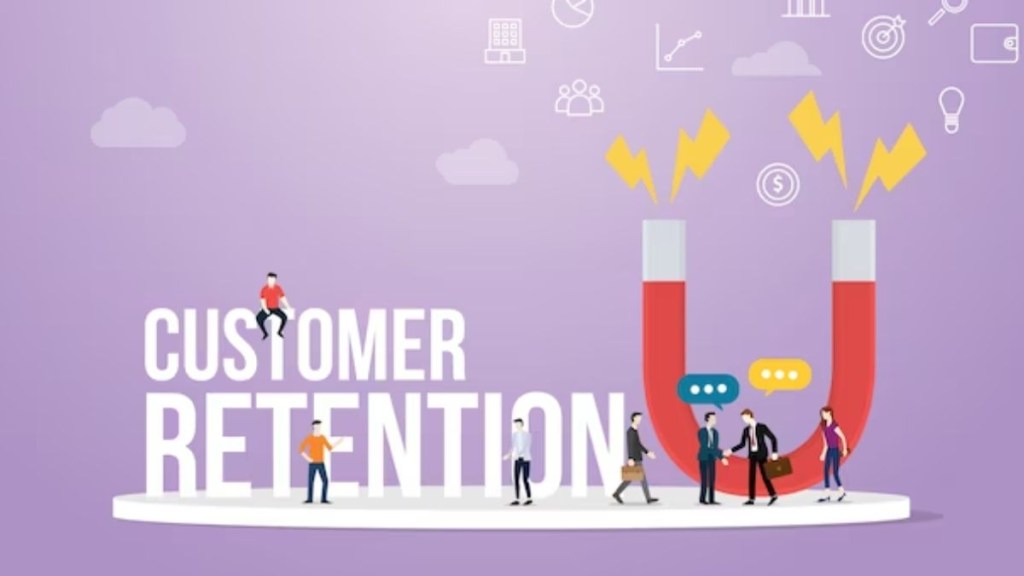The game does not end at selling rather it begins with customer services which thereby helps in driving retention. Consumers tend to come back post a good experience. “Acquisition of new customers requires heavy media spends on top of the funnel advertising, lead generation activities, promotions and others. In comparison, the media spend on existing customers, who already know you, transact with you is significantly lower, as you can target them through your own media,” Nishant Kalra, country head and RVP – digital business, Salesforce India, told BrandWagon Online.
As per insights from ‘State of Retention Marketing 2023’ report by WebEngage, customer retention has proven to be an effective strategy in this regard, wherein if done right, it is possible to generate 80% profits from a mere 20% of the customers.
Adding to this is the technology in marketing, which not only allows marketers to track customer journey, but also target them at the right time and the right place. It is believed that marketers have invested in tools and technologies which unify data efficiently, execute automated campaigns, and infuse personalisation at scale. “The right tools can help brands track customer interactions, understand their behaviours and preferences, and gather meaningful insights from there,” Harminder Singh, vice president – India sales, WebEngage explained.
Interestingly, 87% of marketers say that with the number of tools available and increased automation, their work provides greater value now than it did a year ago — a 10 percentage point jump from last year, as per a recent report by ‘State of Marketing’ report by Salesforce. Furthermore, 89% of business-to-business (B2B) and business-to-consumer (B2C) marketers are using account-based marketing platforms, aiding teams in their pursuit to orchestrate targeted campaigns with their sales and service counterparts. For Dimpy Yadav, general manager, Xaxis India, martech contributes heavily in customer retention, from customer data management to personalisation for customer segmentation, further moving to marketing automation. “A robust martech built for utilising data across stages such as collection, organising and analysing enables businesses to gain the holistic view of the customer base which further allows to craft a targeted media strategy basis the customer needs and preferences,” she explained.
Consumer Journey
Industry experts claim that data can be further analysed to be able to segment customer segmentation inorder to build personalised content besides offerings based on individual customer behaviour and preference which encourage customers to repeat purchase. According to McKinsey & Company, 71% of consumers expect companies to deliver personalised communication while 76% get frustrated when this doesn’t happen. “By gleaning customer insights through data analytics, brands can create targeted and relevant content that speaks directly to the needs and interests of their audience. This can significantly boost ROI. Moreover, by delivering messages that are timely and aligned with the customer’s immediate needs that are temporal in nature, brands can significantly increase their chances of converting leads into sales”, Jacob Joseph, VP – Data Science, CleverTap, explained.
Moreover, to obtain a comprehensive understanding of customer dynamics, a platform is needed which can integrate not only structured CRM (customer relationship management) data but also unstructured data from various customer interactions such as contact center calls, web chats, and social media messages. “By augmenting CRM with unstructured data, businesses can uncover valuable insights and gain a deeper understanding of customer preferences, sentiments, and interactions. This comprehensive approach enables businesses to make more informed decisions, develop effective strategies, and enhance overall customer experiences,” Martyn Riddle, VP-Marketing, APAC and Japan, Verint.
